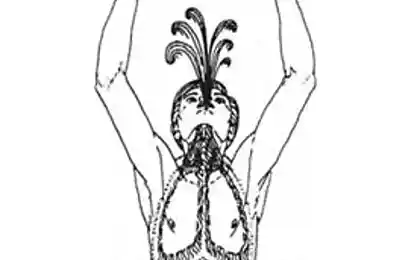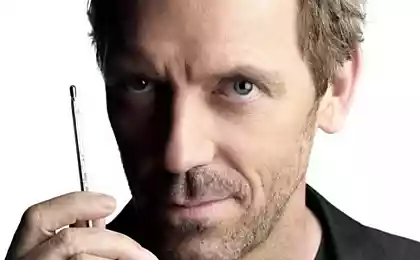803
Artificial leather with imitation fingerprints recognizes pressing, temperature and even sound

South Korean scientists from Ulsan State Institute of Science and Technology объявили establishing a new type of artificial leather, which can "feel" not only the pressure and the temperature, but also microscopic texture changes, and even respond to the sound. The secret of the new laminate is a wavy surface structure was very similar to the surface of human fingertips.
In recent years, scientific research is rapidly moving toward the creation of various prototypes of artificial leather and mechanisms for transferring signals from her brain of the patient. However, until now, received materials and devices could only recognize the pressure and temperature ( and some - humidity ). With playback fingertip sensitivity, capable of recognizing irregularities in tenths of a millimeter, scientists have yet to have problems.
Hyun Ko Hubie [Hyunhyub Ko], chemical engineering institute, is optimistic on this score. He and his colleagues created a thin and flexible multi-layer material capable of recognizing and small irregularities. The surface of the ribbed, in the manner of the fingertips, leave prints unique. The lower layer material is coated with microscopic spheres that help to recognize depression and other deformations.
Pressing the material deforms it layers that produces an electric current whose strength is proportional to the degree of deformation. The temperature of the "artificial skin" feels about the same - the material expands when heated and becomes soft upon cooling - shrinks and hardens.
An interesting side effect of the new material proved its ability to recognize audiovolny. When a team of engineers drew attention to the fact that their "electronic skin" reacts to sound, they conducted an experiment - reproduced through the speakers of the word «skin» (skin), and recorded the electrical impulses coming from the "skin." Comparing decoded pulses with recordings made with the microphone smartphone, they were surprised to find that the "skin" is better recognized sound than a smartphone.
Such design will help in creating both highly robotic manipulators, and a new generation of prostheses. The next step will be to develop the mechanism of Engineers transmit collected with the "skin" of impulses to the brain. Worked on similar problems the team of experts currently trying to develop as flexible electrodes and methods used optogenetics.
Recently, American scientists talked about creating a flexible sensor , imitating the skin, and transmit impulses in a way in which the brain can perceive directly, without the need for additional coding.
Source: geektimes.ru/post/265038/























